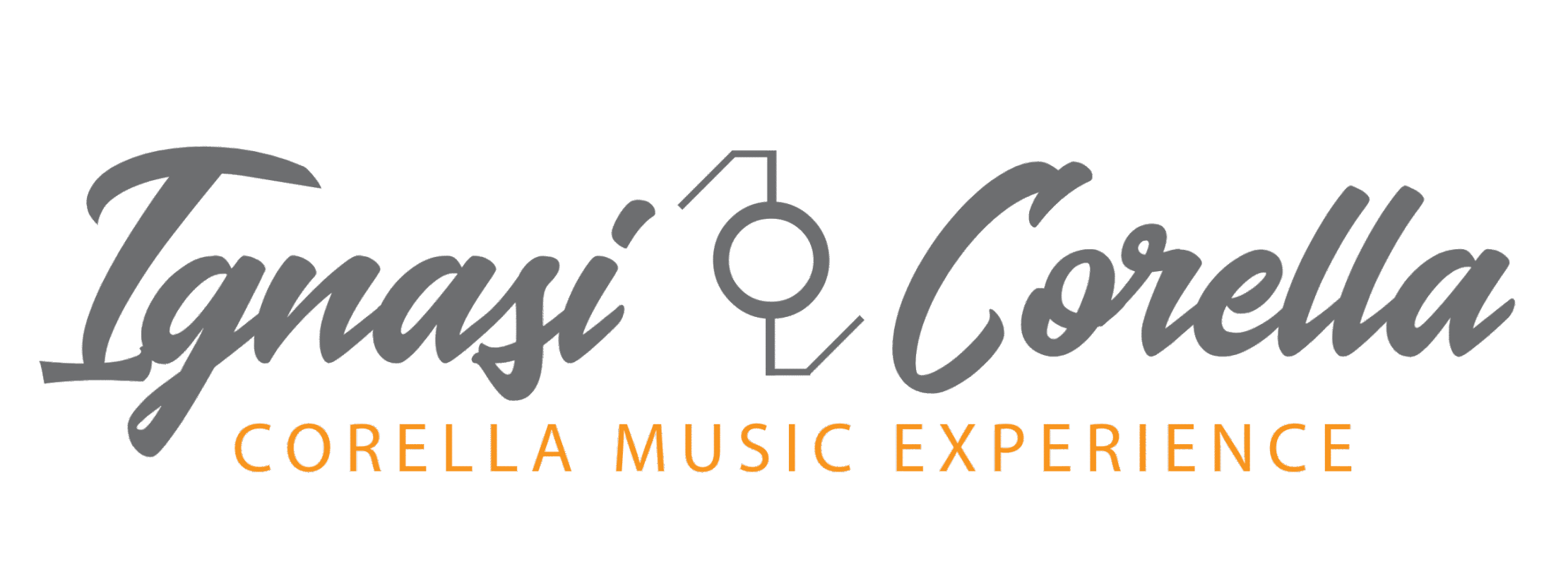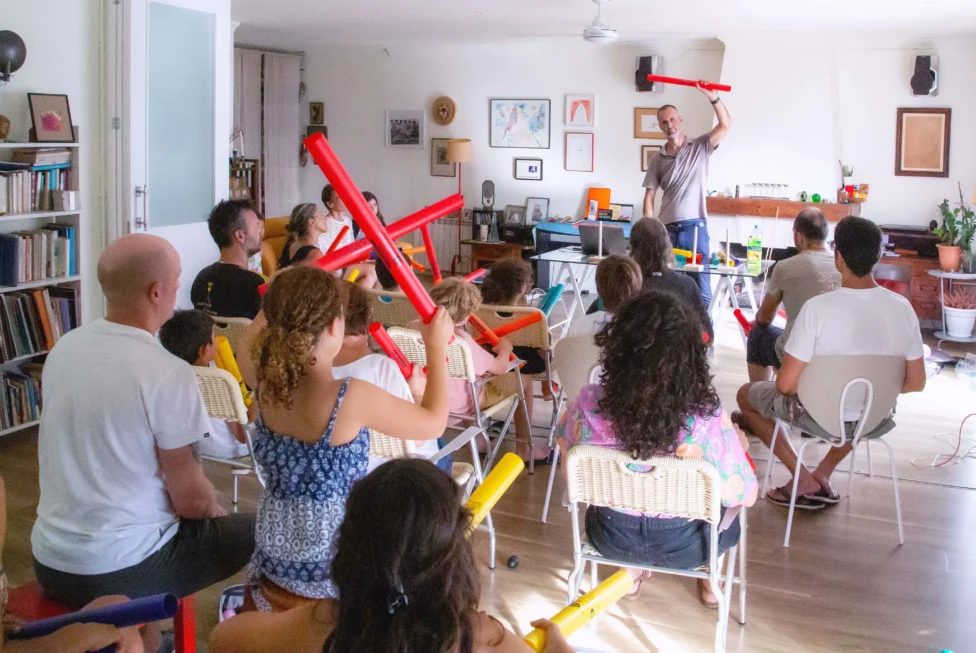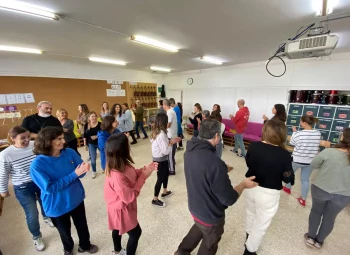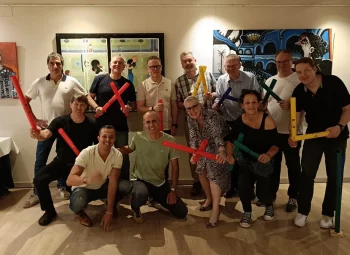If you’ve ever taken part in a rhythm workshop or a collective percussion activity, you may have seen or used brightly colored tubes that make sounds when struck against the body, the floor, or other surfaces. These tubes are called Boomwhackers, and they have become a very popular tool in the world of music education, team building, and body percussion.
What exactly are Boomwhackers?
Boomwhackers are lightweight, hollow plastic tubes of different lengths and colors that produce musical notes when struck. Each color represents a specific note, allowing melodies and rhythms to be created visually and intuitively. Their name comes from the sound they make (“boom”) and the action of striking them (“whack”).
Invented in the late 1990s by Craig Ramsell, these instruments were created with the idea of making music accessible to everyone, regardless of their musical background. Today, they are used worldwide in schools, training workshops, team building activities, and music therapy sessions.
How do Boomwhackers work?
Their operation is effortless: each tube has a different length and color, which determines the note it produces. Longer tubes make lower-pitched notes, while shorter ones produce higher-pitched notes. The lightweight plastic material provides a clear and clean sound without requiring much force.
To play them, tap them gently against a surface such as the palm of your hand, your thigh, the floor, or even another person — a common practice in body percussion activities. This simplicity makes them perfect for all audiences, from children to adults.
Educational and social benefits of Boomwhackers
Besides being fun, Boomwhackers have great educational and therapeutic value. In educational or training contexts, they promote coordination, concentration, and teamwork. They also stimulate creativity, as each group can create its own collective melodies and rhythms.
- Collaborative learning: encourages cooperation among participants.
- Rhythmic development: helps internalize pulse and synchronization.
- Body expression: connects movement and sound naturally and playfully.
In activities such as Vital Rhythm or Corella Music Experience, Ignasi Corella uses Boomwhackers to create participatory experiences where music, the body, and the group merge into a shared collective energy.
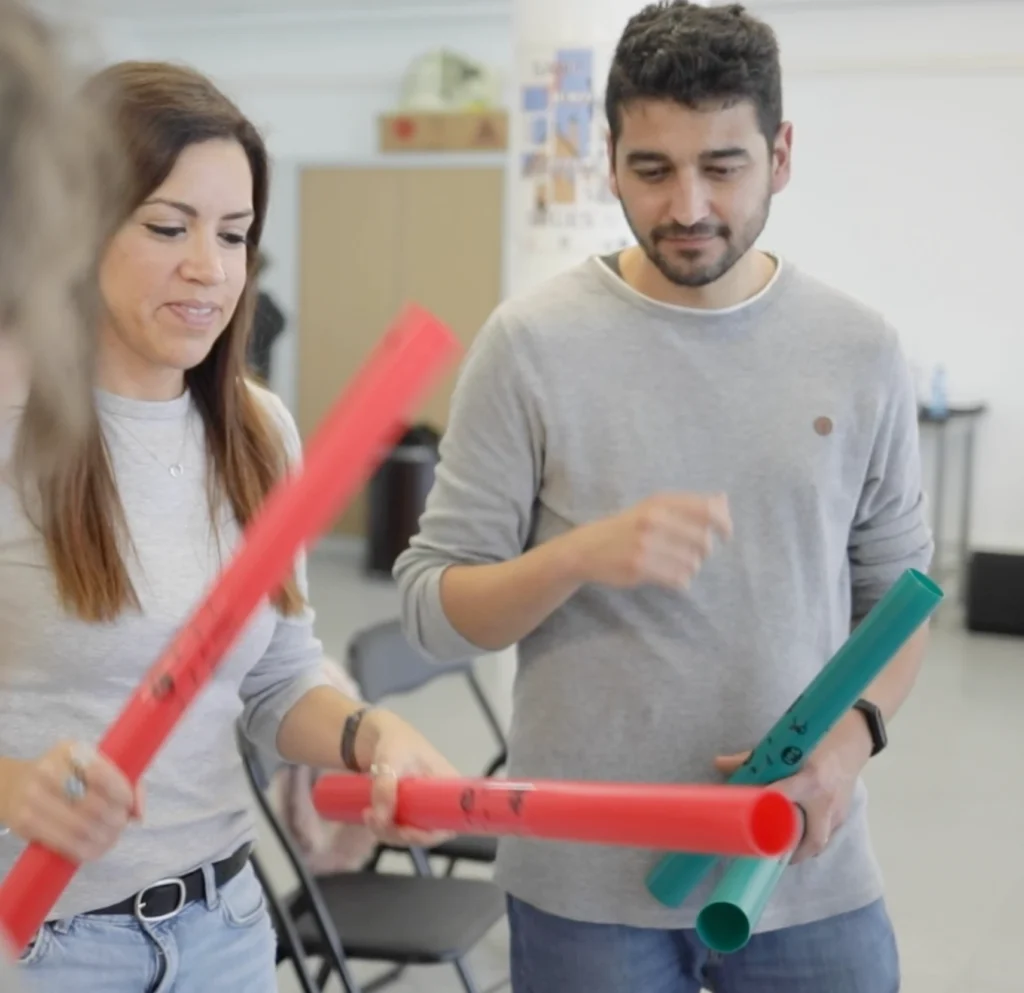
Why use Boomwhackers in workshops and activities?
Their success lies in their versatility and accessibility. No musical knowledge is required to enjoy them, which makes them an ideal tool for:
- Schools and educational centers as educational musical instruments.
- Companies and organizations are looking for team motivation and cohesion workshops.
- Social or emotional well-being activities, where music helps to relax and connect.
Types of Boomwhackers and how to combine them
There are several Boomwhacker sets that cover different musical scales, such as diatonic, chromatic, or pentatonic. There are also accessories, such as caps or stands that modify the sound or allow them to be played like a xylophone.
Many educators combine Boomwhackers with other light percussion instruments — such as maracas, drums, or body instruments — to enrich the collective musical experience.
How to start using them
For teachers, facilitators, or music lovers, getting started with Boomwhackers is very easy. You just need to purchase a basic set (available in music stores or online) and follow simple group dynamics that can be adapted to any audience. A great source of inspiration is this guide from A Different Musician, with practical examples and videos.
Conclusion: much more than colorful tubes
Boomwhackers are a powerful tool for connecting people through rhythm and music. In Ignasi Corella’s workshops, these tubes become a shared experience that awakens energy, creativity, and a sense of community. Whether in the classroom, a company, or an artistic gathering, Boomwhackers remind us that we all have rhythm within us — we just need to let it out.

